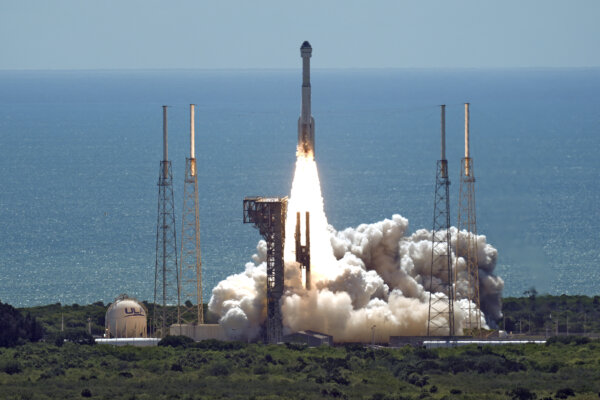
Boeing successfully launched astronauts for the first time, joining SpaceX as a second taxi service for NASA. A pair of NASA test pilots, Butch Wilmore and Suni Williams, flew aboard Boeing’s Starliner capsule to the International Space Station, marking the first flight of the new spacecraft. The journey was expected to take 25 hours, with an arrival on Thursday. The astronauts will spend over a week at the space station before returning to Earth in the Starliner for a remote desert touchdown on June 14.
After a smooth liftoff, Wilmore and Williams were safely in orbit, heading towards the space station. The launch controllers at Cape Canaveral applauded the successful launch after facing several challenges leading up to the mission. Boeing’s Starliner had experienced delays due to spacecraft flaws, but the crew debut proceeded as planned.
Boeing, alongside SpaceX, was hired by NASA a decade ago to transport astronauts to and from the space station. SpaceX had previously launched astronauts into orbit in 2020, becoming the first private company to achieve this milestone. The success of commercial crew programs by both companies signifies a new era in space exploration.
Boeing’s Starliner and SpaceX’s Dragon capsules are designed to be fully autonomous and reusable. The astronauts occasionally take manual control of the spacecraft to test its systems. If the mission is successful, NASA will alternate between SpaceX and Boeing for future taxi flights.
Overall, the launch of Boeing’s Starliner marks a significant milestone in NASA’s commercial crew program, showcasing the capabilities of private companies in advancing human spaceflight.
By Marcia Dunn






